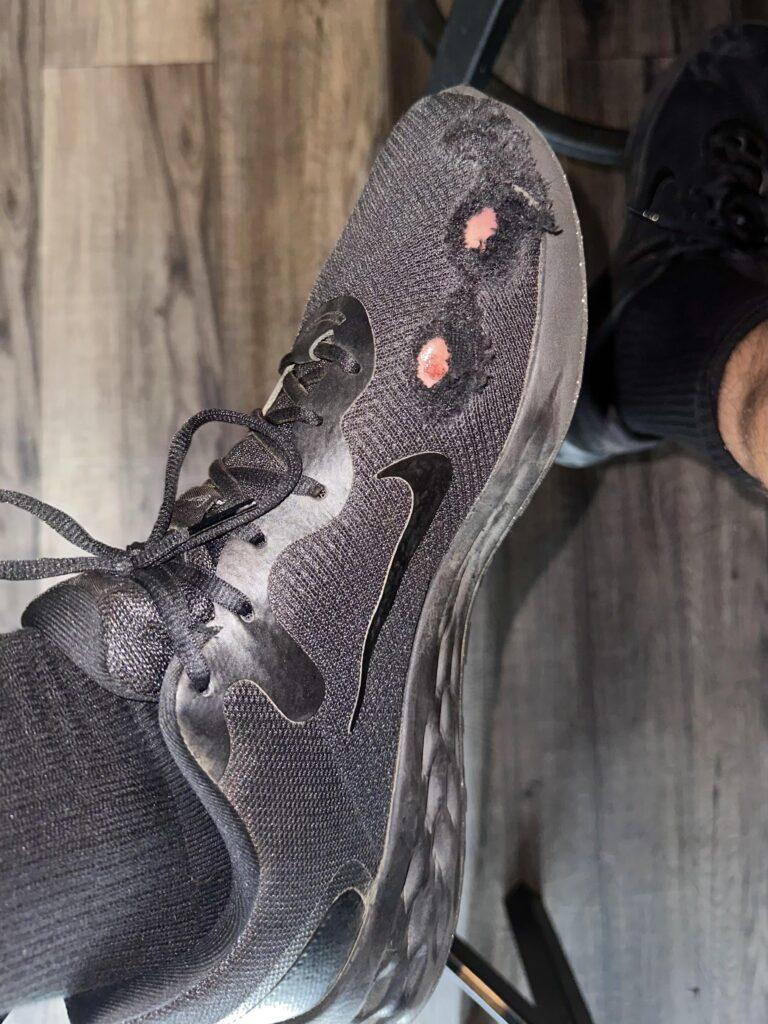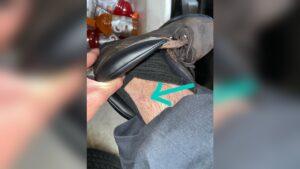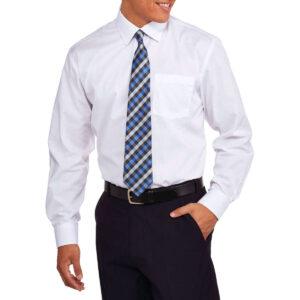Have you ever wondered how long your favorite pair of sneakers will really last? You’ve probably asked yourself this when the soles start to wear down or the cushioning feels less supportive.
Knowing the lifespan of your sneakers can save you money and keep your feet comfortable and safe. You’ll discover key signs that show when it’s time to replace your sneakers and practical tips to make them last longer. Keep reading to protect your feet and get the most value from every step you take.
Sneaker Lifespan Factors
Materialaffects sneaker life a lot. Leather shoes last longer than mesh ones. Rubber soles wear down slower than foam. Stronger materials mean better durability.
Usage frequencymatters too. Sneakers worn every day break down faster. Shoes used only on weekends last longer.
Activity typechanges wear speed. Running or sports cause more damage than casual walking. Rough activities wear out shoes quickly.
Environmental conditionsalso play a role. Wet or muddy places damage sneakers fast. Dry, clean areas keep shoes in good shape.

Credit: www.youtube.com
Signs Sneakers Need Replacement
Visible wear and tearon sneakers shows it is time to replace them. Look for holes, frayed fabric, or worn-out areas. These signs mean the shoes no longer protect your feet well.
Loss of cushioningmakes sneakers uncomfortable. If your shoes feel hard or flat, they have lost their support. This can cause foot pain and tiredness.
Sole damageis another key sign. Check for cracks, deep cuts, or very thin soles. Damaged soles reduce grip and increase the chance of slipping.
Unpleasant odorsthat do not go away after cleaning mean bacteria or mold inside. This can cause skin problems and bad smells. Time to get new sneakers.
Tips To Extend Sneaker Life
Clean sneakersgently using a soft brush and mild soap. Avoid harsh chemicals that can damage materials. Wipe off dirt after each use to prevent stains. Let shoes air dry away from direct sunlight or heaters to keep shape and color.
Store sneakers in a cool, dry place. Use shoe trees or stuff with paper to keep form. Avoid piling shoes on top of each other. Proper storage prevents creases and material wear.
Rotate sneakers regularly to reduce wear and tear. Wearing the same pair daily causes faster damage. Having multiple pairs lets shoes rest and recover their shape.
Use protective spraysto guard against water and stains. Choose sprays made for your sneaker’s material. Apply them evenly and allow drying before wearing. This helps keep shoes looking new longer.

Credit: www.reddit.com
Maintenance Hacks For Durability
Reinforce weak areaslike the heel and toe with glue or patches. This stops small tears from growing bigger. Check these spots often to catch problems early.
Replace insolesto keep feet comfy and shoes fresh. Insoles get worn out and lose support after months. New ones help absorb shock and reduce bad smells.
Fix problems quickly.Small holes, loose stitching, or worn soles need attention fast. Fixing early saves money and makes shoes last longer. Use strong glue or visit a cobbler for tough repairs.
Avoid overuseby rotating shoes. Wearing the same pair every day wears them out fast. Let shoes rest and dry to keep materials strong.
Choosing Durable Sneakers
Leatherand canvasare top materials for sneaker life. Leather is strong and lasts longer. Canvas is light and easy to clean. Avoid cheap plastics; they wear out fast. Choose sneakers with rubber solesfor good grip and durability.
| Brand | Durability Features | Common Use |
|---|---|---|
| Nike | Reinforced soles, quality leather | Sports and casual wear |
| Adidas | Boost cushioning, strong fabrics | Running and daily use |
| New Balance | Sturdy stitching, supportive soles | Walking and jogging |
Proper fithelps sneakers last longer. Shoes too tight wear out faster. Shoes too loose cause more damage. Comfort matters; it stops foot pain. Try shoes on with socks you wear daily. Walk around to check comfort and fit.

Credit: www.reddit.com
Frequently Asked Questions
How Long Do Sneakers Typically Last?
Sneakers usually last between 300 to 500 miles of use. This equates to about 6 months to 1 year for regular wearers. Factors like activity type, terrain, and care affect their lifespan. Proper maintenance can extend their durability significantly.
What Signs Show Sneakers Need Replacement?
Look for worn-out soles, reduced cushioning, and visible tears. If your sneakers cause discomfort or pain, it’s time to replace them. Loss of support increases injury risk. Regularly inspect your shoes to ensure optimal performance and safety.
How Does Sneaker Usage Affect Lifespan?
Running or intense sports wear sneakers faster than casual use. Daily wear shortens their cushioning and structural integrity. Using sneakers for their intended activity helps maintain their durability. Proper rotation between pairs also prolongs their life.
Can Sneaker Materials Impact Durability?
Yes, high-quality materials like leather or reinforced mesh last longer. Cheap synthetic materials tend to wear out quicker. Breathable and durable materials improve comfort and lifespan. Choosing sneakers with quality construction ensures better longevity.
Conclusion
Sneakers last longer with good care and regular use. Watch for signs like worn soles or poor support. Replace them to avoid discomfort or injury. Different brands and activities affect how long they last. Keeping them clean helps maintain their shape and comfort.
Remember, quality shoes protect your feet and improve your performance. Choosing the right pair matters a lot. Take care, and your sneakers will serve you well.

Madison Clark is a footwear expert and the voice behind MyStyleGrid.com. She specializes in honest shoe reviews, style tips, and practical guides to help readers find the perfect pair for any occasion. With years of experience in blogging and content creation, Madison makes footwear knowledge simple, stylish, and easy to follow.







